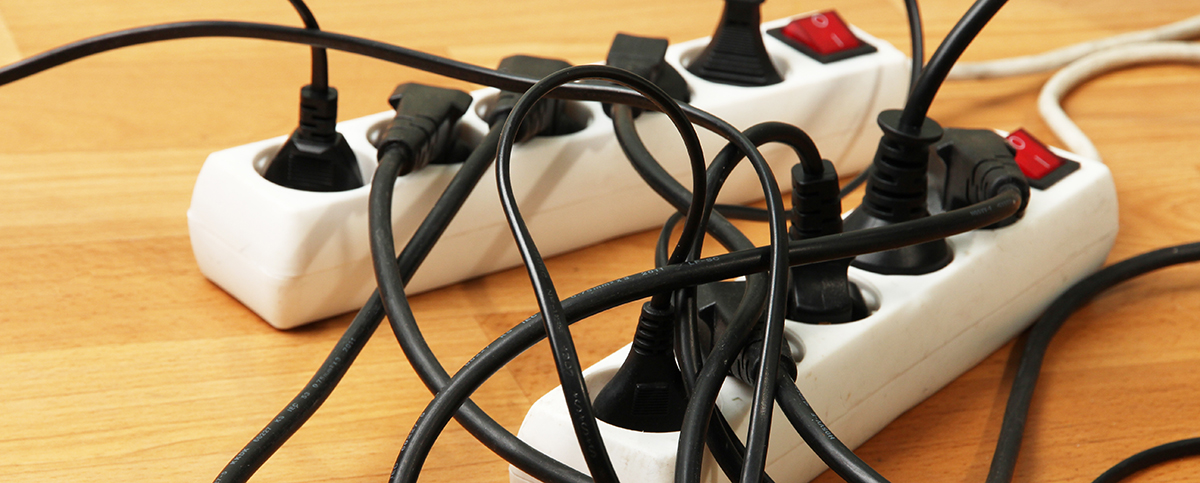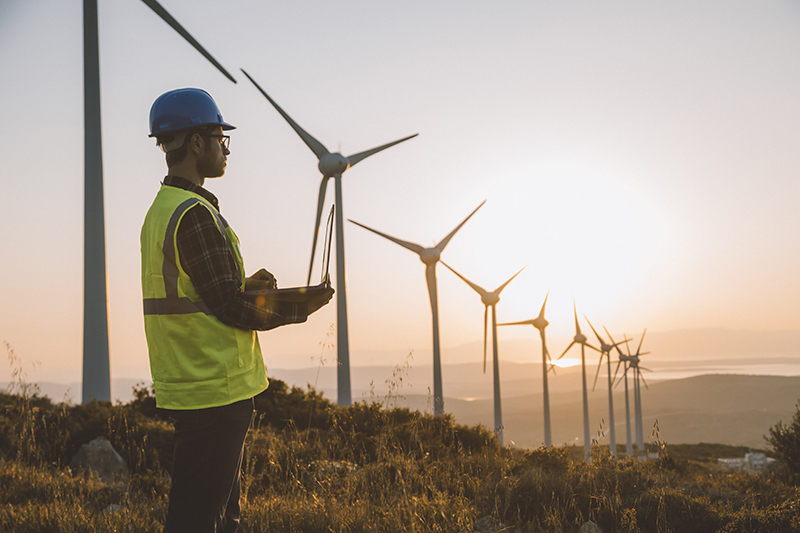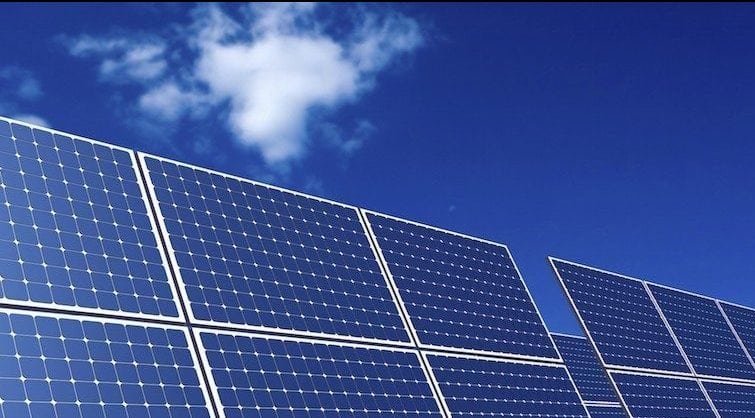Energy resilience, while vitally important, is becoming more and more challenging in the face of increased extreme weather events which are projected to cause more frequent and longer power outages. The COVID-19 pandemic is further compounding resiliency issues for...
Energy Efficiency
Utility Regulators Face a New Reality
by HomeServe USA | Oct 14, 2019
With the energy industry in the midst of an evolution, utilities are more clearly understanding the need for transformation from a role of commodity supplier to “ratepayers” to a trusted advisor on a range of energy issues to a more and more sophisticated and...
Observing Energy Efficiency Day
by HomeServe USA | Sep 30, 2019
Energy Efficiency Day will be observed Oct. 2, raising awareness about the benefits of energy efficiency in lowering consumer costs, alleviating demand on the grid and improving health. Buildings in the United States use nearly 40 percent of total energy, including 68...
Energy Infrastructure Impacted by Age
by HomeServe USA | Sep 26, 2019
Most energy consumers don’t think about the electricity and natural gas that powers their appliances and heats and lights their home – unless there’s a problem. Given the age and condition of our energy infrastructure, the problems compound every year. Through the...
Utilities Strive to Improve Energy Efficiency for Future
by HomeServe USA | May 21, 2019
As more states commit to reducing greenhouse gas emissions – and some, like California, have ambitious goals – to improve energy efficiency will be an important tool in meeting those goals. Additionally, as efficiency-as-a-service pioneers have demonstrated, energy...
These States Use the Most Renewable Energy
by Kimberly Dailey | Apr 28, 2019
The U.S. has always relied heavily on fossil fuels – such as natural gas, oil and coal – for energy production. But the trend is now changing, due to many clean energy initiatives at the state level. The production of renewable energy resources keeps increasing, with...
These States Use the Most Renewable Energy
by Kimberly Dailey | Apr 28, 2019
The U.S. has always relied heavily on fossil fuels – such as natural gas, oil and coal – for energy production. But the trend is now changing, due to many clean energy initiatives at the state level. The production of renewable energy resources keeps increasing, with...
Renewable Energy Surges to 18% of U.S. Power Mix
by HomeServe USA | Apr 28, 2019
Eighteen percent of all electricity in the United States was produced by renewable sources in 2017, including solar, wind, and hydroelectric dams. That’s up from 15% in 2016, with the shift driven by new solar and wind projects, the end of droughts in the West, and a...
Renewable Energy Surges to 18% of U.S. Power Mix
by Kimberly Dailey | Apr 28, 2019
Eighteen percent of all electricity in the United States was produced by renewable sources in 2017, including solar, wind, and hydroelectric dams. That’s up from 15% in 2016, with the shift driven by new solar and wind projects, the end of droughts in the West, and a...
Energy Efficiency – The Obvious and Not-So-Obvious Benefits
by Peter Buttrick | Apr 24, 2019
Energy efficiency has become a buzzword, especially among politicians who vow to increase efficiency alongside renewable resources. But what does it mean for energy utilities and their consumers? For consumers, the benefits are clear – a lower electric bill with cost...
Subscribe to Monthly Emails
Recent Posts
Utility Solutions
Partners who have launched a home solutions program with HomeServe can generate revenue to help subsidize and advance utility objectives, including demand-side management and low-to-moderate-income (LMI) initiatives. They also report overall increased customer...
HomeServe Advantage Program
HomeServe Advantage Program Replacing an HVAC system is a costly proposition for homeowners, and high-efficiency equipment can be out of reach for many. This presents a challenge for utilities, as achieving efficiency goals depends on increased adoption of more...
LMI Households Face Obstacles to Achieving Energy Efficiency
Low- and Middle-Income (LMI) households have historically faced obstacles to becoming more energy efficient, despite the outsized impact efficiency measures would have for this population. Low-income households pay more than 7 percent of their income on energy bills,...








